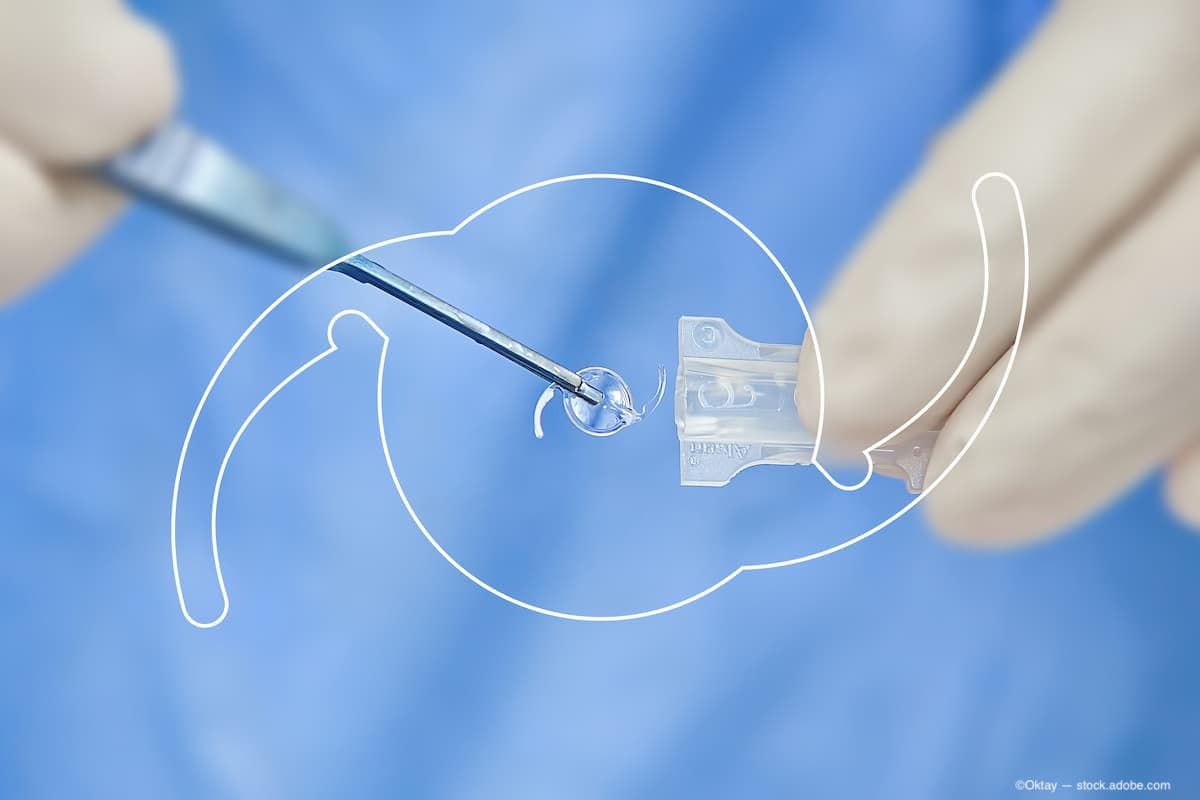Article
Dislocation and decentration remain common reasons for IOL removal
Author(s):
Annual survey from ASCRS/ESCRS pinpoints trends in explantation

Accurate IOL measurements, proper patient selection, and solid surgical technique can help to reduce the number of IOL explantations.
SALT LAKE CITY-Some intraocular lens (IOL) explantations are inevitable for cataract surgeons. However, with good surgical technique, accurate IOL measurements, and proper patient selection and preoperative counseling, surgeons can lower their IOL explantation rate.
That was what Nick Mamalis, MD, professor of ophthalmology, codirector of the Intermountain Ocular Research Center, and director of ocular pathology, Moran Eye Center, University of Utah, Salt Lake City, reported in presentation of data from the 21st annual survey of ASCRS and ESCRS members regarding explanted lenses.
The survey inquired about patients’ preoperative and postoperative visual acuity, any signs or symptoms and complaints, and complications that required IOL removal, exchange, or secondary intervention.
Surgeons were asked about explantation of the following IOL types: one-piece, plate-type; one-piece IOLs with haptics, three-piece IOLs, multifocal IOLs, and accommodating lenses.
The materials used in the lenses mentioned were silicone, acrylic (hydrophobic), hydrogel (hydrophilic acrylic), and collamer.
As in previous years, the lens had the highest rate of explantation was the one-piece hydrophobic (monofocal) lens. However, this is also the most common type of lens used in the U.S., which would explain why it is removed most frequently, Dr. Mamalis said. Other materials are not removed as often because they are used less often, he said.
Dislocation and decentration were the most common complications associated with one-piece silicone IOLs, followed by glare/optical aberrations and incorrect lens power. Dislocation and decentration also were the most common reasons for removal of three-piece silicone and one-piece acrylic lenses, Dr. Mamalis reported. This complication is usually linked to a surgical complication or weakness in the zonules or the capsular bag, he explained.
Diving deeper
Other common reasons for lens removal among various lens types included incorrect lens power and glare/optical aberrations. Incorrect lens power still was a cause of IOL removal in the survey, but this has trended downward in recent years, leading Dr. Mamalis to say that surgeons are getting better at choosing the correct IOL power.
The number of multifocal IOLs that were explanted increased over the past year, and this was most frequently due to glare/optical aberrations. Proper patient selection could help reduce the number of multifocal IOL patients requiring lens removal, he said.
Calcification and opacification were the most common reasons that hydrophobic acrylic IOLs were explanted. The trends seen in the current survey have been consistent over the past five years, Dr. Mamalis said.
In addition to solid surgical technique and appropriate patient collection, surgeons also should aim for continuous curvilinear capsulorhexis with capsular bag fixation of the IOL, Dr. Mamalis added. Quality manufacturing and careful IOL folding and insertion also are key.
The ASCRS and ESCRS survey is an ongoing annual data collection; the survey related to explanted foldable IOLs is available on each society’s respective website, Dr. Mamalis said.
Disclosures:
Nick Mamalis, MD
E: nick.mamalis@hsc.utah.edu
Dr. Mamalis is a consultant for Anew Optics and PerfectLens. He also does research for a variety of ophthalmic companies. This article was adapted from Dr. Mamalis’ presentation at the 2019 American Society of Cataract and Refractive Surgery annual meeting in San Diego.
Newsletter
Don’t miss out—get Ophthalmology Times updates on the latest clinical advancements and expert interviews, straight to your inbox.





